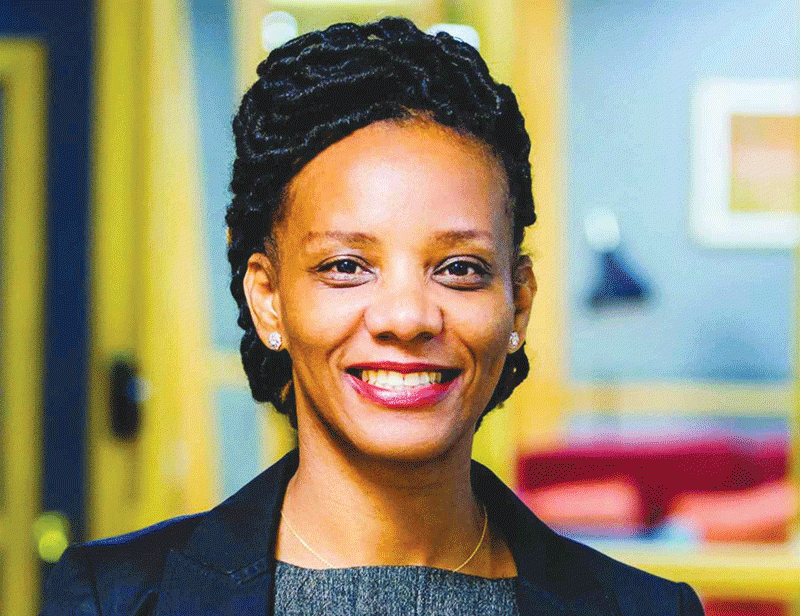
IN MARKETING, the term, “perception is reality,” has been used to reinforce the way customers view products and services is reality. Is that the truth or is it a viewpoint? Is it the truth or even reality?
When businesses decipher and unravel customer complaints, it is a maze of perceptions mixed with the reality of the situation and always viewed differently by all involved. The rule of thumb is to look at the situation from the customer’s side.
However, I am less sure than ever that the customer is always right. The way that customers interact and assess situations is also based on their current emotions and situations. There is no excuse for rude behavior from a customer if they believe they should be handled differently. Respect is mutual and there is a sentiment that the paying customer is right despite the situation.
In the customer experience mapping it is important to understand the customers’ needs and to implement simple, easy to follow steps for the service provider to deliver on. There are the basics of courteous and welcome greetings, efficient processes and attending to queues and bottlenecks.
The customer experience team need to be evaluating the customer flow in real time. Don’t wait for the complaint.
Customers become angry because they are frustrated, and they want things to happen speedily. And there is nothing more infuriating than disengaged service providers!
A divorce lawyer told me many years ago, that there are three sides to a story, yours, the other persons, and the truth.
I have come to accept that this is reality.
- I don’t have depth: Bosso coach
- In defence of Trevor Ncube
- Fluidity, collusion: The new PR & communication philosophy
- Business opinion: Managing brand content online
Keep Reading
Misunderstandings happen so easily because we take offense at the tone and language and behaviors of service providers and customers. Perception and seeing through our personal lens at the same time as others seeing through their lens is why there is conflict.
In statements from crime scenes and accidents the information is not reliable as being the truth as it is about interpretation.
Think about meetings in the workplace and relaying information afterwards to the team. There are invariably mixed communications. It is not that people are lying it’s just as they see it. The same happens in the home and with all the different personalities it’s a real challenge.
Human perception and the way each of us respond and interact is fascinating.
On a personal development course that I have been attending for the past two months the personality profiler tool is the Enneagram. After years in the workplace of using the standard ones, I am discovering that we really are complicated but not abnormal.
We react depending on the situation in certain styles and not always using the same one. This means we surprise ourselves and confuse our work colleagues. Understanding myself even more after sifting through all the Enneagram permutations has opened the possibility of not looking at things in such a cut and dried manner. My instinct at work is to respond immediately and make things happen in the shortest of time to the benefit of the business and the people.
Is it necessary to put myself under pressure? What about me taking a step back to pause before reacting and still being prompt won’t this serve me and the situation more effectively, I pondered? In personal relationships I give people the benefit of the doubt for too long and at times am way too forgiving. I don’t hold grudges and get over things quickly however the other person is still having their emotions and reactions and looking at it totally differently. So, I can veer from being extrovert and introvert and then drawing a line in the stand and saying, “never again!” And I close the door abruptly. They then look at me like I am wrong. I am amused at myself on reflection just reviewing the past year and coming to the realization that there is no one who is right or wrong but there was common ground lacking. How do we find common ground? In business it works having service level agreements between departments and creating buy in and sign off. This works like a dream. Thank you, DHL Int., for that lesson which I have implemented over and over. Human resource managers and departmental managers should undergo personal development courses as well as personality profiling and begin to understand each other’s standard reactions and behaviors.
This brings common ground in the team and creates more understanding.
Most important of all it improves business results. There is value in developing your strong personality points and learning how to calm down the weaknesses.
We are all human and its very humbling to realize that there is no one better than the other. Another saying of my late mother’s echoes in my head, “There but for the grace of God go I.” Don’t judge others based on your perception.
- White is a born and bred Zimbabwean. A career spanning banking, hospitality and courier/logistics. She wrote a column in The Post newspaper in Zambia for five years and published a book, Conversations with Carol as well as hosting a TV programme featuring entrepreneurs and small businesses. Passionate about team transformation, customer experience mapping, sales and marketing and leadership which combines increases in profitability and performance, she connects the dots. — [email protected]..











